User:Karina/graduation project
notes from Karina/self-directed/Capturing Memories In Time
previous written piece: Time Perception in Dance
23 OCT
YouTube: Vox - Why we really really really like repetition in music
Are Pop Lyrics Getting More Repetitive? by Colin Morris
SongSim by Colin Morris
Michael Jackson - Beat It

Scientific research: On Repeat: How Music Plays the Mind by Elizabeth Hellmuth Margulis
"Her research uses theoretical, behavioral, and neuroimaging methodologies to investigate the dynamic, moment-to-moment experience of listeners without special musical training. She was also trained as a concert pianist."
YouTube: ballet rotoscope | バレエ・ロトスコープ
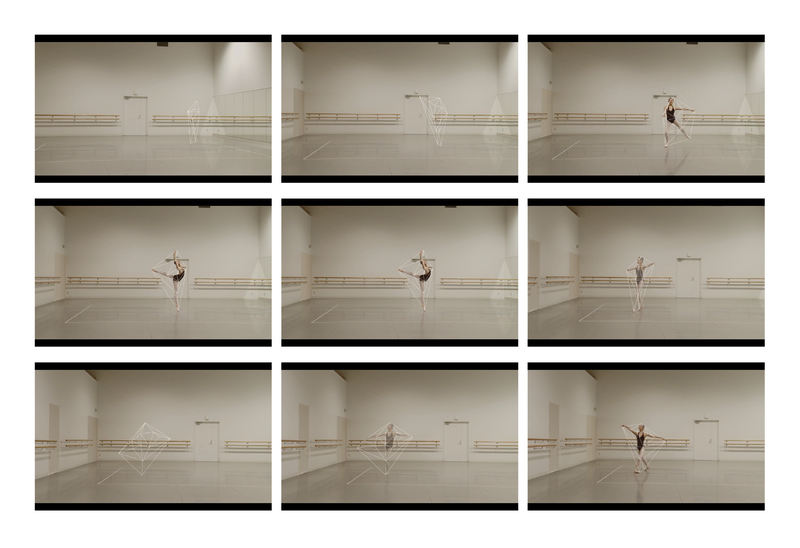
rotoscope
/ˈrəʊtə(ʊ)skəʊp/
noun
a device which projects and enlarges individual frames of filmed live action to permit them to be used to create cartoon animation and composite film sequences.
started looking into -scope / -graph / -type at beginning of first year, never did anything with it though. How could you mix a cyanotype with stereography?
Mixing Media
Structure of a Movement by Gheyber Gutierrez
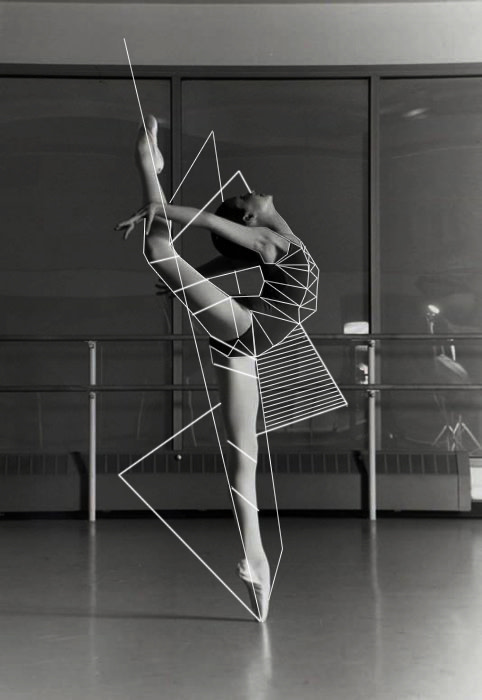
22 OCT
YouTube: Tandem Charleston Front Flip | Swing Dance Aerial Breakdowns (Lesson 22) | Lindy Ladder
YouTube: Beginner Swing Dance Aerials | Frog Jump | Toss Out
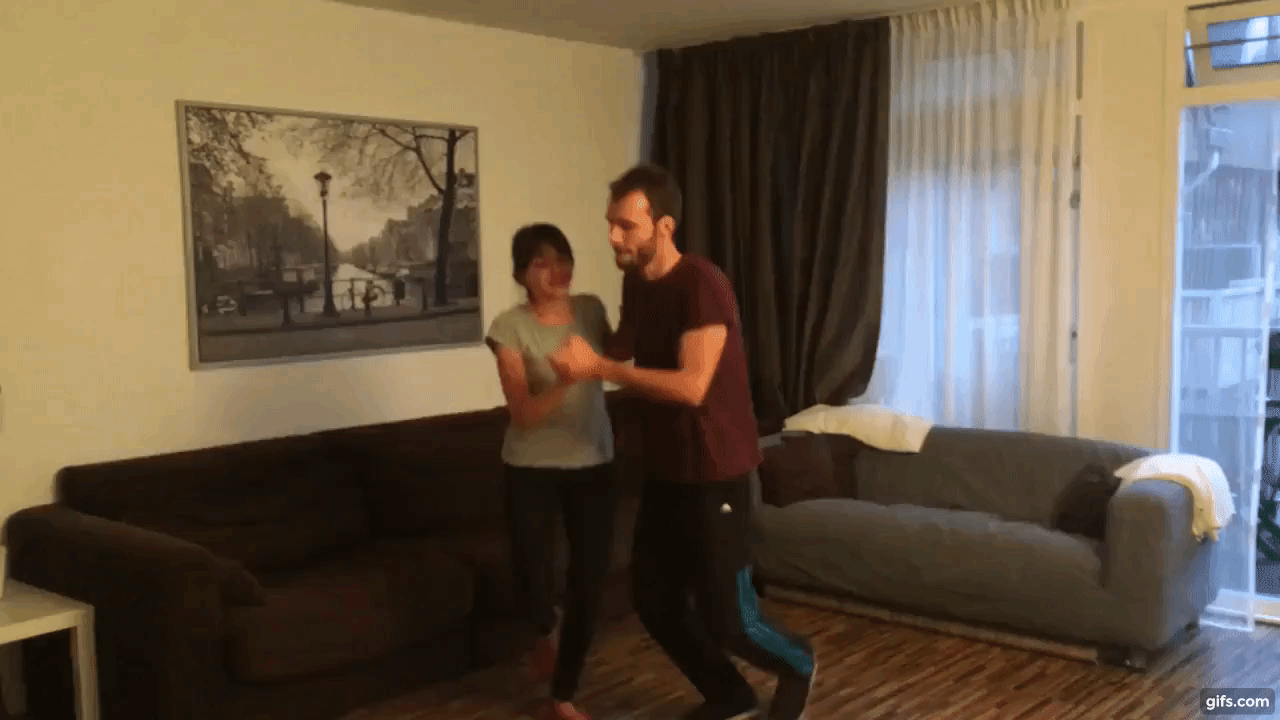
A ballerina dances with the geometry of her own movements
17 OCT
(insert screens hackpack scan here)
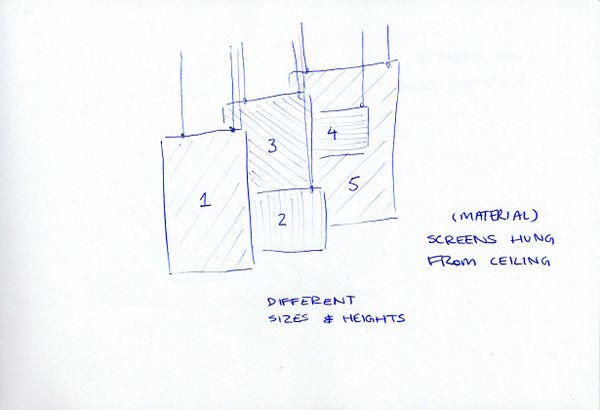
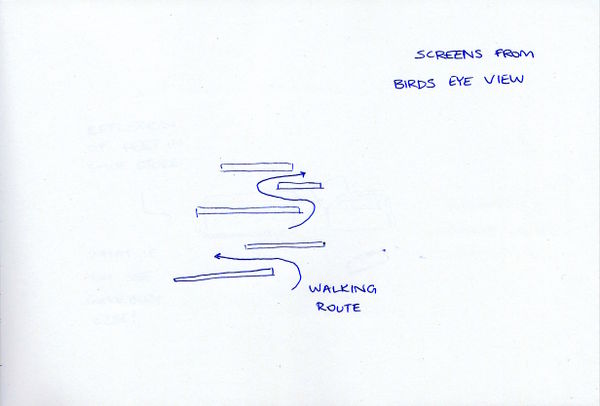

16 OCT
(insert dipping in & out of different realities hackpack video here)
15 OCT
YouTube: Moon Ribas
Ted Talk: Moon Ribas
14 OCT
(insert light-sensitive material hackpack scan here)
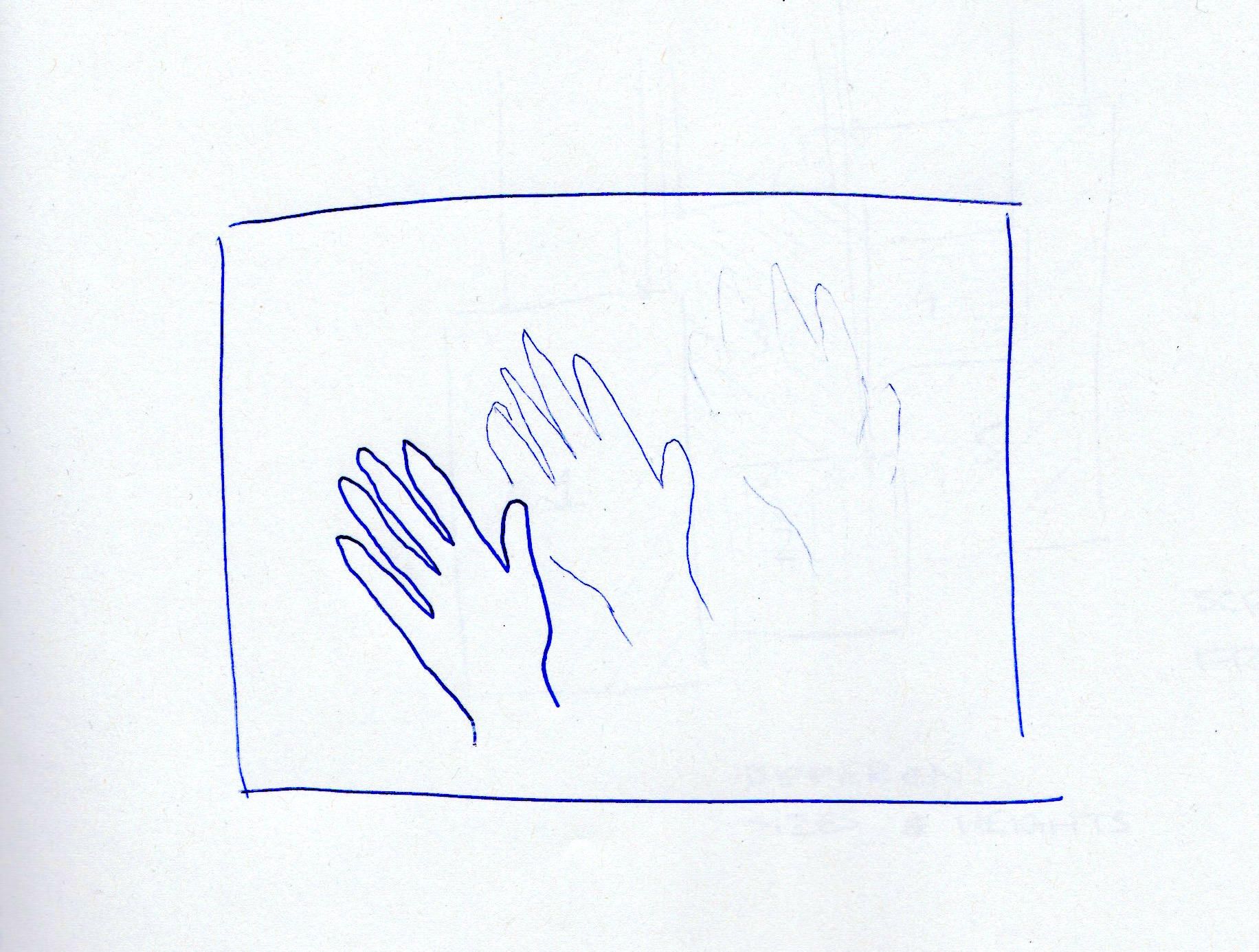
Such as cyanotype
http://shsgcsephotography.weebly.com/uploads/2/3/5/0/23504550/2144987.jpg?397
DIY coloured light sensitive prints by Lumi Inkodye
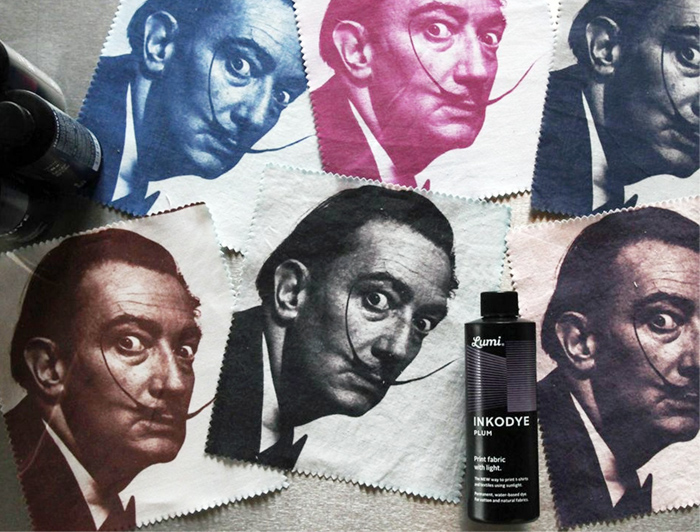
light-sensitive printing showing movement
Allan Jenkins

Reading list:
12 OCT
(insert layers hackpack scan here)
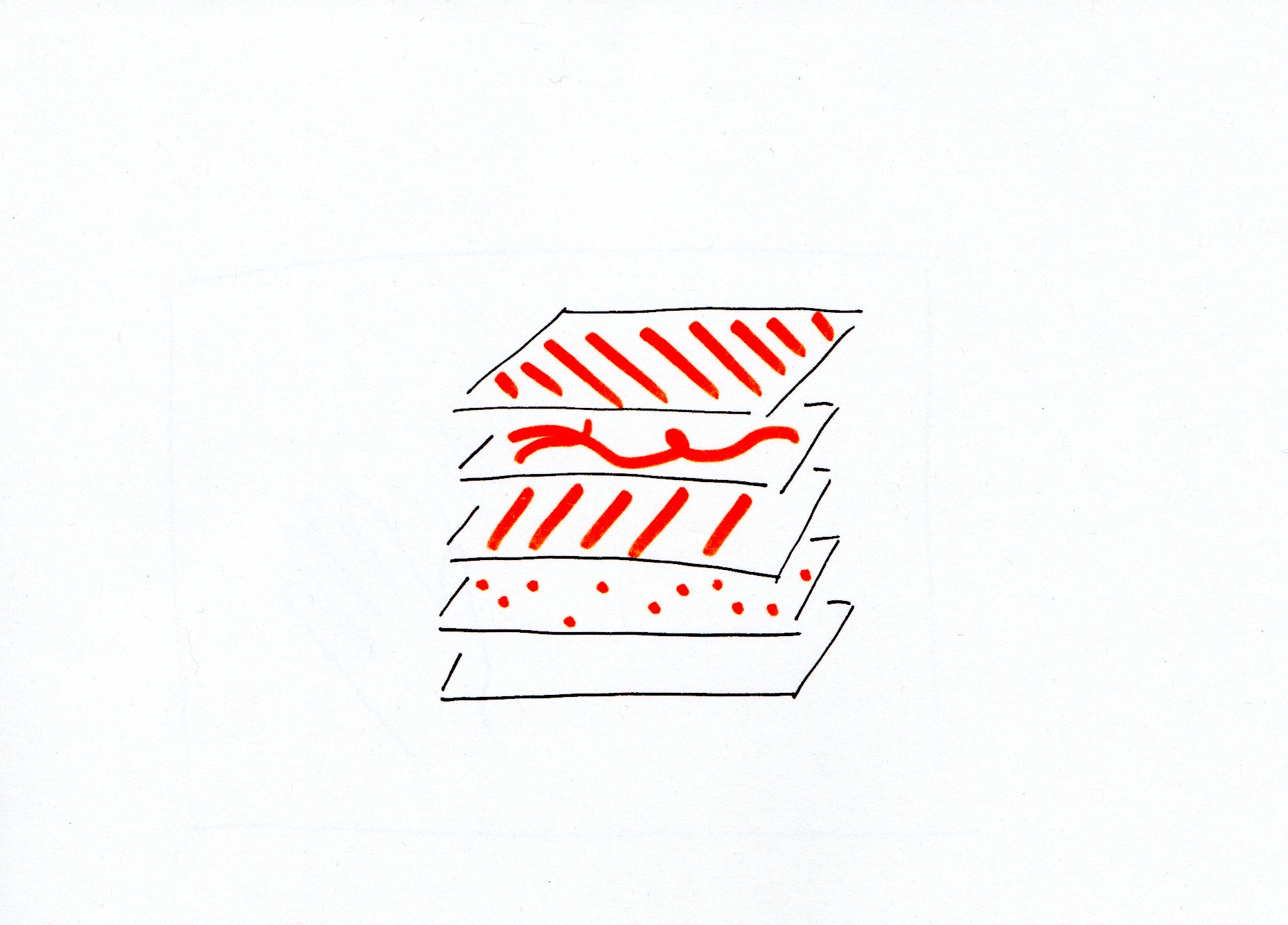
Layering data like John Cage's Fontana Mix
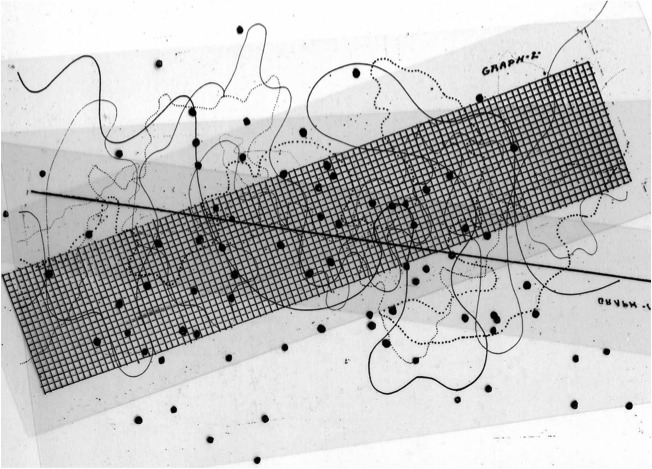
11 OCT
(insert flowchart hackpack scan here)
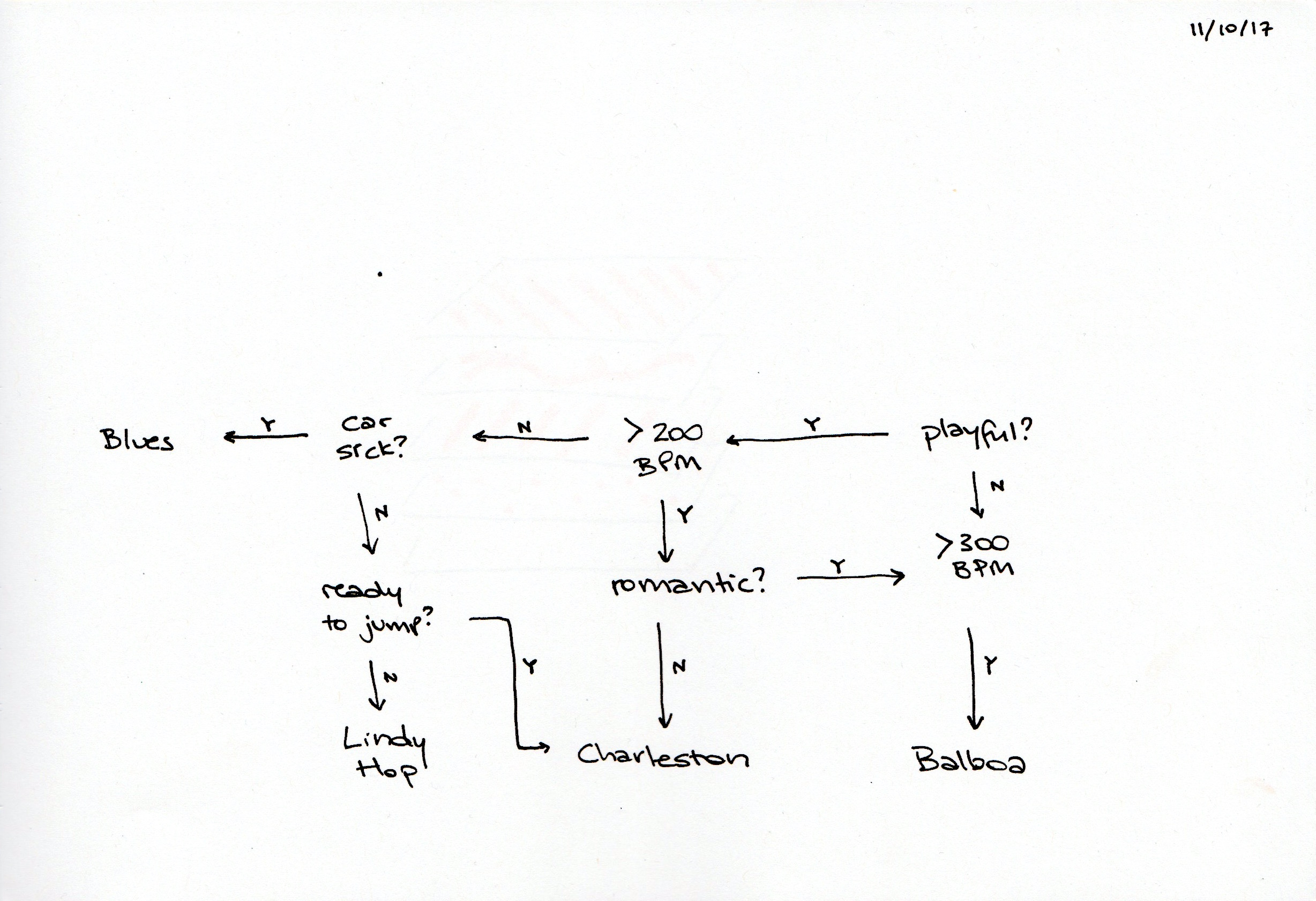
hinting at science fiction (to what extent can we communicate experience? the future?)
focus more on perspective difference
the more information, the better we see
(burka bus seats)
(dove ad)
we see differently because of past experiences
colour names and cultural perspective
history of swing dying out
community and trust sucks you in
understand why it was an escape in 1930s (war and depression), why so strong even now?
even in gaming community
video for archive
need someone (human contact) to learn it - be engaged
appealing . addictive
disconnected nowadays
next:
- prototype
- 5 different ways to film a dance
- build a body cam?
- add rhythm with footwork
Belgian guest speaker - what was his name?
evernote from his session: Vaast Colson
hands and interview out of sync
- play around with image, sound, sync
- image only
- sound only
- transform tones
Special Issue 02 very early ideas
- 3 part project: sound of footsteps, video of dancers, suited music to dance style, all played in sync on 3 different devices
- binaural sound / or simplified version of 4 microphones placed around a room
Janet Cardiff - Video Walk
- dipping in / out of realities
- pick & choose perspective
- mix reality
- control (John Cage as hackpack)
how well does it describe reality / experience?
how to use that as...
"Mixable Realities"
not virtual
how do we mix realities? - don't worry, don't need to answer this in the project or thesis
an experience, deeper than what is shown (video)
urgency: dance not just a past-time, but human experience and captured memory
- double exposure trials made link in brain
- film with double exposure? overlapping?
- Sigur Rós - sharp editing (maybe complementary to fluid movement?)
'capturing intention'
Maria from PZI - step it up, blur that line. Not just control a live performance
recorded (when no activity), then turns live when there is activity
camera and projector fro same perspective created a great dip into different reality
flowchart?
decision making when choosing layers
to do:
- 3 videos of dance (Rashomon perspective)
software: Gentle
could it read footstep rhythm - annotate it? scat it?
10 OCT
Union Libre by Léon Ferrari

I'm curious what is actually written there in braille - try translating it here
9 OCT
(insert taking off 3D glasses hackpack here)
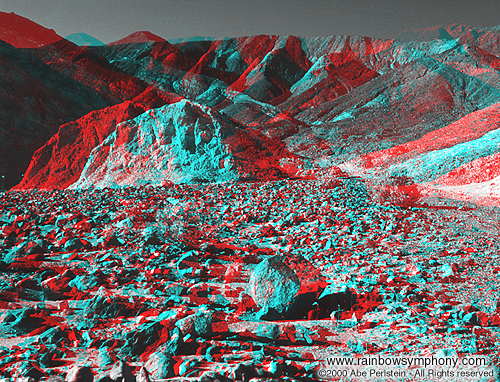
anaglyph / stereoscopic 3D effect
wikipedia: Anaglyph 3D
work of Lars Brandt Stisen


4 OCT
YouTube: THE REVOLUTION OF DANCE GAMES | Old Friend VR (Oculus Touch Gameplay) by Cathie
I can't tell whether the game or the review is the thing that's making me a little speechless. Would like to try it out, probably not see myself (recorded) in reality.
Old Friend game available for €3 on Steam
Inverse: 5 Apps for Creating Your Own VR Content
- set VR mood with
- a backdrop that historically suits the dance
- music that suits the dance style
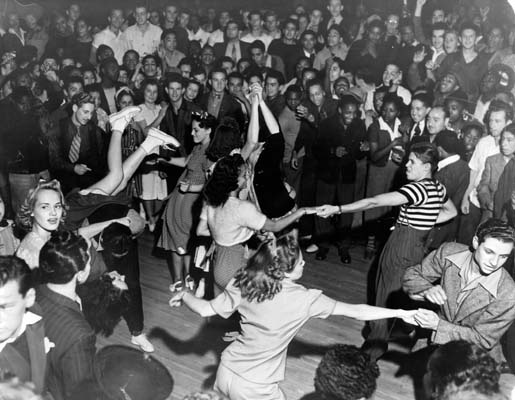 with some music
with some music
obviously, a still image doesn't express an experience as well as video, so how to make 360-degree video?
Kolor: How to create 360-degree videos

for only €3,444!
GoPro Omni (€2,424) + 6 GoPro cameras (min. €170 each)
unless I create a rig myself - might not be so smooth though when editing
DIY GoPro: mounts / ramps/ sliders / .. has no 360 rigs though
3D printed?
closest I found on instructables - still nowhere near
360 Rize: 360 Plug-n-Play™
- 360H6 for $120! Kopen kopen open!
- Hero3,3+,4 Pro6 v2 for $395
- Pro6 v2 review
Wistia: How to Stitch GoPro Footage into 360 Spherical Video
PC World: Spherical video will shape your reality in 2016 (..2017? 18?)
"[Virtual reality is] a way to experience other people's lives and experiences in a manner never possible before," Woodman said. "Days or weeks later when you recount your viewing experience it becomes difficult to discern whether you watched it or you lived it." - Nick Woodman (GoPro CEO) during a CES keynote in 2016
connection to phycologist Elizabeth Loftus, False Memory Experiment in Opening Skinner's Box p.182-204
Even news are dipping their fingers into VR
NY Times: NYT VR
"Stand alongside Iraqi forces during a battle with ISIS. Walk on a planet three billion miles from the sun. Join our award-winning journalists at the center of it all. Explore the library of 360-degree virtual reality experiences for yourself."
---
Side note for "Publishing the Unpublishable" idea for thesis, article on Vice: Ubu Publishes the Unpublishable
Thankfully it is not about publishing experiences, but rather, what makes something unpublishable? Read it on ubu here
"What constitutes an unpublishable work? It could be many things: too long, too experimental, too dull; too exciting; it could be a work of juvenilia or a style you've long since discarded; it could be a work that falls far outside the range of what you're best known for; it could be a guilty pleasure or it could simply be that the world judges it to be awful, but you think is quite good." - Kenneth Goldsmith
---
Todays Art: Chris Salter + TeZ + Valerie Lamontagne – Ilinx from 2014

3 OCT
- publishing the unpublishable
- capturing an experience
- how to capture an experience?
- to what extent can we capture an experience?
- capturing an experience or relationship
- Sean's connection
- notation
- archive
- dance as language (conversation between people)
- how can I best communicate an experience?
2 OCT
keywords for graduation project
- participatory
- playful
- thought provoking
- eye-opening (not serious, political..)
- experience
- research / experiments shown in experience
- transpose / translate
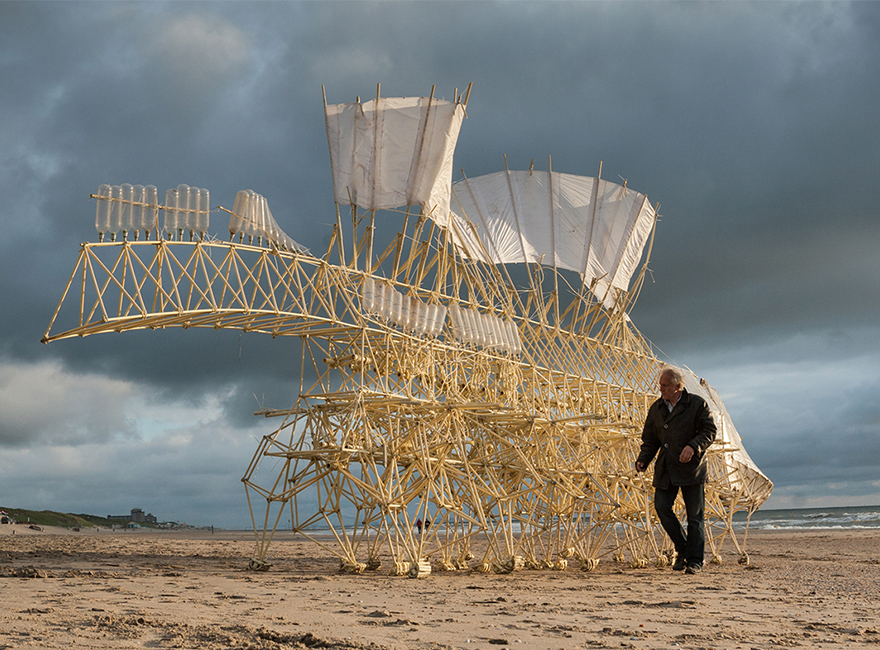
Theo Jansen's wind-powered sculptures, but stationary and with screens showing my research / experiments. "a cluster-fuck of screens"

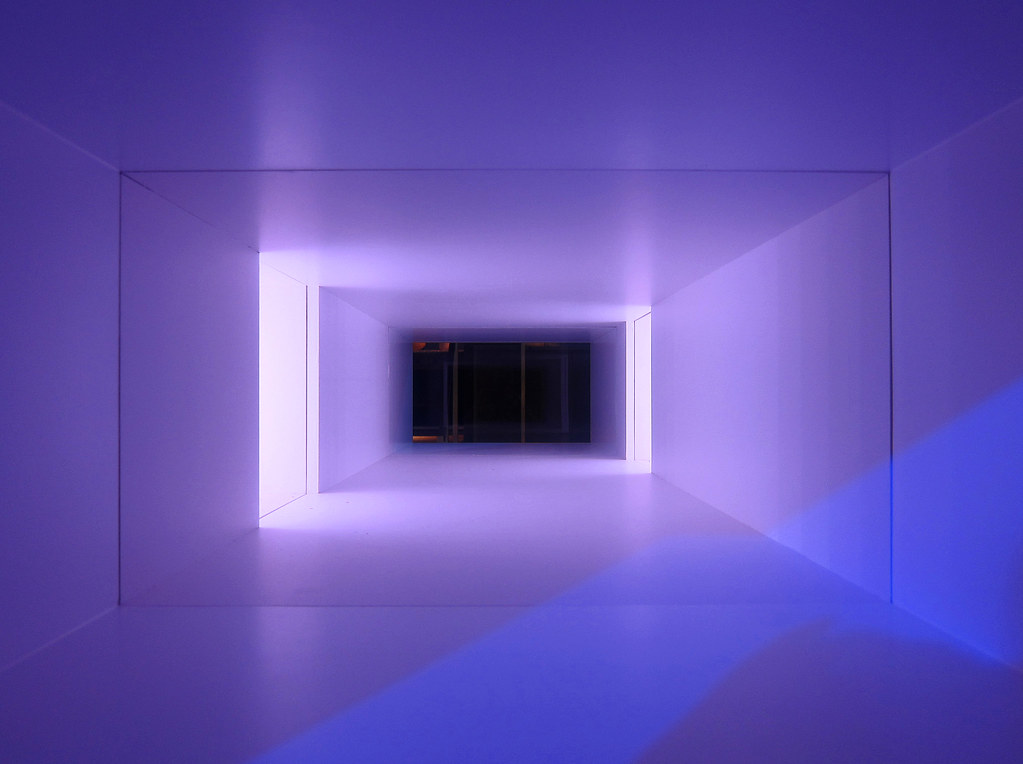
Interactive rooms at Wonderkamers in Gemeentemuseum Den Haag, or the purple ambient-style experience room with couch - can't find correct photo
Reading list:
- Time to Act: New Perspectives on Embodiment and Timing by Argiro Vatakisab, Helena Sgouramanib, Andrei Goreac, Vassilia Hatzitakid, Frank E.Pollicke
- Visual Timing of Structured Dance Movements Resembles Auditory Rhythm Perception by Yi-Huang Su and Elvira Salazar-López
- In search of lost time: Does dance experience enhance duration estimation performance? by Helena Sgouramani
Feedback from Aymeric
If you want to go into notation, read into this:
Languages of Art: An Approach to a Theory of Symbols by Nelson Goodman
wiki: Languages of Art
patterns: you don't have your nose stuck in code
not specific answer, but approach creatively
muscle memory
cooking: take structure, then improvise (making curry)
archive 2020, chapter on mystical essence of the poet
more on Archive 2020
even more on Archive 2020 on Annet Dekker's site, aaaan.net
live in a world where we think we can capture everything, but actually share small aspect (publishing information)
documentation / experience - ongoing tension
consuming experience or documentation of experience
(side thought: instagram trying to capture experience, but only showing a small aspect. adding soundtrack (song that was played on repeat at the time / summer top hit) to collection of photos could help the creator fill in the blanks, but is very personal. their memory is triggered, but the audience still doesn't experience it the same way)
formulate question - super precise
don't read too much or connect too much
publishing the unpublishable
frustration / illusion
mystical essence of the poet
make hypothesis / rant
the map is not the question
you're not looking into how they are linked
it is a tool / a guide (flow chart) to help answer the question, but not question itself
don't think about body / content of thesis
just think about what you want to answer
1 OCT
TED: A choreographer's creative process in real time by Wayne McGregor
"I'm going to start really, really simply. Usually, dance has a stimulus or stimuli, and I thought I'd take something simple, TED logo, we can all see it, it's quite easy to work with, and I'm going to do something very simply, where you take one idea from a body, and it happens to be my body, and translate that into somebody else's body, so it's a direct transfer, transformation of energy.
And I'm going to imagine this, you can do this too if you like, that I'm going to just take the letter "T" and I'm going to imagine it in mind, and I'm going to place that outside in the real world. So I absolutely see a letter "T" in front of me. (note: spacial recognition) Yeah? It's absolutely there. I can absolutely walk around it when I see it, yeah? It has a kind of a grammar. I know what I'm going to do with it, and I can start to describe it, so I can describe it very simply. I can describe it in my arms, right? So all I did was take my hand and then I move my hand. I can describe it, whoa, in my head, you know? Whoa. Okay. I can do also my shoulder. Yeah? It gives me something to do, something to work towards. If I were to take that letter "T" and flatten it down on the floor (note: spacial recognition from a different perspective), here, maybe just off the floor, all of a sudden I could do maybe something with my knee, yeah? Whoa. So If I put the knee and the arms together, I've got something physical, yeah? And I can start to build something. So what I'm going to do just for one and a half minutes or so is I'm going to take that concept, I'm going to make something, and the dancers behind me are going to interpret it, they're going to snapshot it (note: capture information quickly, capture memory in time?), they're going to take aspects of it, and it's almost like I'm offloading memory and they're holding onto memory? Yeah? And we'll see what we come up with. So just have a little watch about how they're, how they're accessing this and what they're doing, and I'm just going to take this letter "T," the letter "E," and the letter "D," to make something. Okay. Here goes." (3:54 - 5:26)
[...]
"Okay. From there I'm going to do a very different thing. So basically I'm going to make a duet. I want you to think about them as architectural objects, so what they are, are just pure lines. They're no longer people, just pure lines, and I'm going to work with them almost as objects to think with, yeah? So what I'm thinking about is taking a few physical extensions from the body as I move, and I move them, and I do that by suggesting things to them: If, then; if, then. Okay, so here we go.
Just grab this arm. Can you place that down into the floor? Yeah, down to the floor. Can you go underneath? Yeah. Cat, can you put leg over that side? Yeah. Can you rotate? Whoom, just go back to the beginning. Here we go, ready? And ... bam, bake ... (clicks metronome) Great. Okay, from there, you're both getting up. You're both getting up. Here we go. Good, now? Them.
So from there, from there, we're both getting up, we're both getting up, going in this direction, going underneath. Whoa, whoa, underneath. Whoa, underneath, whoo-um. Yeah? Underneath. Jump. Underneath. Jump. Paolo, kick. Don't care where. Kick. Kick, replace, change a leg. Kick, replace, change the leg. Yeah? Okay? Cat, almost get his head. Almost get his head. Whoaa. Just after it, maybe. Whoaa, whaaay, ooh. Grab her waist, come up back into her first, whoom, spin, turn her, whoo-aa. (Snaps) Great. Okay, let's have a little go from the beginning of that. Just, let me slow down here. Fancy having eight -- (Laughter) Fancy having eight hours with me in a day. So, maybe too much. So, here we go, ready, and -- (Clicks metronome)
Nice, good job. Yeah? Okay. (Applause) Okay, not bad. (Applause) A little bit more? Yeah. Just a little bit more, here we go, from that place. Separate. Face the front. Separate. Face the front. Imagine that there's a circle in front of you, yeah? Avoid it. Avoid it. Whoom. Kick it out of the way. Kick it out of the way. Throw it into the audience. Whoom. Throw it into the audience again. We've got mental architecture, we're sharing it, therefore solving a problem. They're enacting it. Let me just see that a little bit. Ready, and go." (7:44 - 10:04)
brainstorm:
- want to create an experience / interactive piece
- will it be about learning, in general?
- can I create an interactive piece that will help people learn?
- virtual reality with binaural recording
- how does a brain process dance? as language, with the use of memory, by spacial intelligence?
- can coding be compared to dancing? language types, (muscle) memory, practise, logic / spacial awareness, structure & fluidity
- scary to start for some, easier once understand the structure / basics
- dance styles are different languages, python, html, java are too
- spacial awareness, physically or digitally
- how to capture the essence of a language?
- look into languages that have died out
- how did it happen?
- how was it passed down? archival methods: script, sound recordings, imagery, books, word of mouth? - look into Florian's history classes
- decoding dead languages / alphabets: hieroglyphics or inscribed nordic comb?
Some TED for later
Pilobolus: A Dance of "Symbiosis."
Tim Ferriss: Smash fear, learn anything
Yami Joshi: How dance helps me deal with stress
Derek Sivers: How to start a movement
Mae Jemison: Teach arts and sciences together
http://www.independent.co.uk/life-style/bilingual-speakers-time-different-people-one-language-study-swedish-spanish-a7715146.html
30 SEPT
Received personal notes from Fil (Filip)
ask whether possible to post on wiki / add to research
27 SEPT
Feedback from Michael
methodology of experiments backed up by theory (or vice versa) is good
"Perspective is worth 80 IQ points" - Alan Kay
"The best way to predict the future is to invent it" - Alan Kay (quoted that at the beginning of Special Issue 02 research!)
John Cage

- Doing with Images by Alan Kay (pt.2 11:45 learning how to play tennis)
- Computers as Theatre by Brenda Laurel
- mathematics v.s. human (duality) not so black and white
- not separate things, that's too simplified
- reinforcing a cliche that's not true
- should be connecting structure with fluidity
- third leg connecting the two sides: structure - third leg (whatever it may be) - fluidity
aim?: does this connection help us see / learn things?
Alan Kay related to Seymour Papert
YouTube: Talking Turtle by Papert
is notation written from a perspective of the floor (step mats) or the body (visualising steps)?
Joanna wiki!
her struggle: friction between web design and dance
challenging to show it in fresh perspective
not describing dance and time, but using it (a tool) to show something else
'mark up language using dance and music to teach someone to dance' instead of 'making new dance notation'
have implications to something else: flex box? grids? how could that be informed from Cage or choreographically sense? cross dimension
humour in Special Issue 02
communication & interaction
want to use that essence in graduation project
look up and play around with temporality / sketches with time
Classic FM: Art and music collide in these 20 stunning graphic scores
More musical scores that aren't John Cage!
Crumb - Twelve Fantasy-Pieces after the Zodiac for Amplified Piano
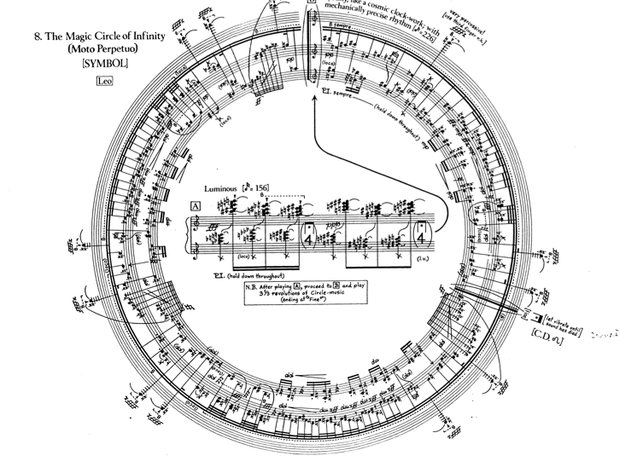
Antosca - One Becomes Two
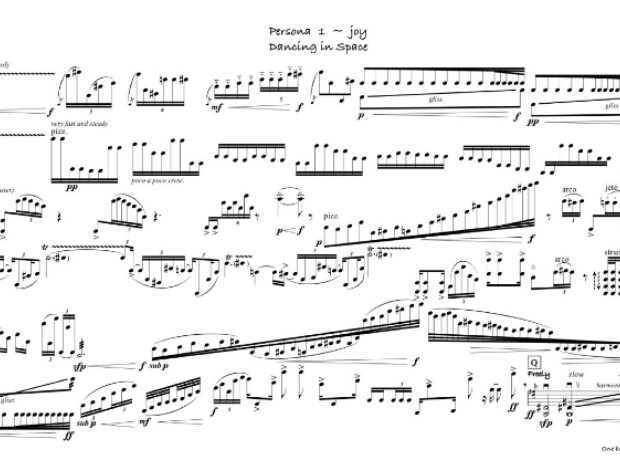
25 SEPT
Psychology of dance
wiki: Psychology of dance to find references
Dancehub: 5 Interesting Psychological Studies Involving Dancing
(not great source, but has many links to studies related to topic)
- Dancing Improves Your Brain
- Mental Practice Can Lead To Improved Dancing
- The Evolution Of Human Dance May Have Been A Mistake
- Dancers Can Learn Routines In Different Ways
- Girls Under Age 16 Have The Most Dancing Confidence
1. Dancing Improves Your Brain
Psychology Today: Why Is Dancing So Good for Your Brain?
more references / cited studies about how dancing can improve the brain
2. Mental Practice Can Lead To Improved Dancing
University of California Santa Clara Cruz: UCSC dance research published in prestigious Psychology Science journal
3. The Evolution Of Human Dance May Have Been A Mistake
American Psychological Association: Dance, dance evolution
not many animals have close connections between auditory and motor skills
"Psychologists’ research on the power of movement is giving us insight into why we first danced and how cultures built on that ancient impulse."
4. Dancers Can Learn Routines In Different Ways
Duke Chronicle: Research investigates the science behind dance
5. Girls Under Age 16 Have The Most Dancing Confidence (not related?)
The Guardian: Why do people dance?
---
Springer: Thinking in action: thought made visible in contemporary dance by Catherine Stevens and Shirley McKechnie
Buy entire journal for EUR 42.29
or find through HR mediatheek
download links here
link to downloaded file
Abstract
Contemporary dance—movement deliberately and systematically cultivated for its own sake—is examined in the light of the procedural and declarative view of long-term knowledge. We begin with a description of two settings in which new works of contemporary dance are created and performed. Although non-verbal, contemporary dance can be a language declared through movement and stillness of the body. Ideas for new movement material come from objects, events or imaginings that are spoken, seen, heard, imagined, or felt. Declared through movement, the idea becomes visible. Communication in dance involves general psychological processes such as direct visual perception of motion and force, motor simulation via mirror neurons, and implicit learning of movement vocabularies and grammars. Creating and performing dance appear to involve both procedural and declarative knowledge. The latter includes the role of episodic memory in performance and occasional labelling of movement phrases and sections in rehearsal. Procedural knowledge in dance is augmented by expressive nuance, feeling and communicative intent that is not characteristic of other movement-based procedural tasks. Having delineated lexical and grammatical components in dance, neural mechanisms are identified based on Ullman’s (Ullman in Cognition 92:231–270, 2004) alignment of lexical knowledge with declarative memory and mental grammar with procedural memory. We conclude with suggestions for experiments to test these assumptions that concern thought in action in composition, performance and appreciation of contemporary dance.
check out their 60+ references
reference if want to add to own bibliography
Stevens, Catherine; McKechnie, Shirley (2005). "Thinking in action: Thought made visible in contemporary dance". Cognitive Processing. 6 (4): 243–252. doi:10.1007/s10339-005-0014-x.
Jstor: A Nonverbal Language for Imagining and Learning: Dance Education in K-12 Curriculum by Judith Lynne Hanna
Feedback from Andre
- Tino Sehgal
- aaaaan.net (interview)
- human to human interface
- archiving visuals is only a part of it
- what is communicate during dance? movement? feeling?
- Tino - to make time appear
So far topics covered:
dance & time
dance & language
dance & notation
time & language ✓
language & notation ✓
notation & time ✓
time & language & notation - might be too much?
- side note:
- music as blueprint
- musicality & dynamics
- interaction / dialogue
silence: lectures & writing
John Cage - Lecture on Nothing
What is he trying to transmit using a score? Remember he is a musician
23 SEPT
possible structure of chapters for thesis:
Perception Of Time
- clocks
- Levine's clock v.s. event time
- differences in culture / langage?
- experiment / anecdote / own perception / interview with Italian friends (who lived abroad for the past few years) about their time perception compared to their familys' back at home
- Bergsonian v.s. Newtonian time
- describing time
Graphical Notation
- scores
- dance mats v.s. Labanotation
- spatial orientation (with time)
- experiment: spatial + rhythm
- the need for notation (publishing and archiving)
Memory and Flow
- Kandel's sea slugs & Milner's memory types
- muscle memory
- experiment: Jive mix up (challenging flow and muscle memory)
- Csiksgentmihalyi's flow
- experiment: experiencing flow in new dance style
- interviewa: tools for flow and memory
- comparisons of dance school methods / communication
Archiving as a Means of Communication
- video archives, difficult to learn from
- swing near death: Frankie & Norma
- word of mouth, social dancing as a language
language has a structure, but is fluid
relate back to paradox of perception of time in dance & paradox of capturing (archiving) something you can only experience
20 SEPT
"How to build intimacy?" - Giulia about Anna's work, but relevant question for me too
larger context:
- swing almost died out. Frankie Manning and Norma Miller brought it back in the 90s
- dance passed down from person to person, if not archived, the dance language is at risk of disappearing
- urgency (of old project with Sean)
- archive interaction / capturing a moment in time
- transcribe (filmed and physical) dance into graphics
what do you want to achieve with the audience? make them curious, guilty, excite them?
Feedback from Malroes
- parkinsons (MS?) dance class
- "kick the ball" command and the patients use muscle memory to perform actions / moves
- Anna: get text on paralysed woman
- how to make experiments include other people? aimed at other people?
- experience v.s. imposed system
- paradox: capture something you can only experience
- songlines
---
"kick the ball" experiment
film individuals 'dance' instructions based on muscle memory
compare how similar they are (comparing sheep illustrations)
- brush teeth
- kick ball
- jumping jacks (you need to know what it means, but most people know)
- kick-bull-chase (you need to know dance lingo)
---
Small feedback from Steve
- cognitive science
- cognition in the wild (book)
- situated turn in cognitive science
chapter (experiment #1: clock v.s. event time
expand on clocks / systems / power / paradox
ABC Radio: Songlines: the Indigenous memory code
Japing Aboriginal Art: Why Songlines Are Important In Aboriginal Art
Amazon: Computer Power and Human Reason: From Judgment to Calculation by Joseph Weizenbaum (1976)
19 SEPT
dance, like music, has a structure
music is a language
dance is another, that uses the language of music as a blueprint
help find a way to understand that language / style / atmosphere / structure
different dance styles = different culture / language
swing can be compared to 'family' languages (Slavic) that is broken down to other languages (Lindy Hop, Charleston, East Coast Swing, Balboa)
borrowed vocabulary due to history and politics (plenty examples in Swing: Frankie 6s, American Spin (Jive), The sailor step, Barrel roll)
List of Lindy Hop moves
if dance is a language, is it publishing something?
decoding dance
visualising dance in a different way (infographics)
18 SEPT
who / why would anyone care?
dance is a language
I want to teach it, make it easier for people to learn / understand
"creating a culture"
- swing society
- look historically
- swing kids? (not language, not big aim)
"articulation"
Feedback from Aymeric
- define / articulate the field, topic and approach
- stalinist / orwelian memory
- Deneet - cultures explained
- compare schools together (Wesselling v.s. Swing in Rhythm)
- method + culture (atmosphere)
- talk about the dancers themselves
- cultural codes
- mention backgrounds and values?
- Giulia: some countries girls / women are meant to know how to dance (Italy)
- Emily: bird's eye view / marking space before dancing
- code that forms harmony
- spacial awareness
- non-verbal communication
- culture of school, culture of dancers
cultural interaction while I was on stage for Special Issue 02 - dancers & audience laughing
aim isn't to become a better dance teacher, but the research will help me either way
13 SEPT
look into: scatting as a measurement of time in dance
- it gives more possibilities (to distinguish the 4-'a'-5 counts)
- look into history, how / why / when it originated - Harlem late 1920s?
- learn to scat? what is important that may not seem obvious?
Human Memory: Sensory Memory
- Sensory memory is the shortest-term element of memory
- Unlike other types of memory, the sensory memory cannot be prolonged via rehearsal
- decays or degrades very quickly, typically in the region of 200 - 500 milliseconds (1/5 - 1/2 second)
- visual stimuli is sometimes known as the iconic memory
- aural stimuli is known as the echoic memory
- touch as the haptic memory
- smell processed in olfactory bulb and olfactory cortex
- smell is strongest as olfactory bulb and olfactory cortex are nearest to the hippocampus
Feedback from Steve
Before starting PZI I was planning to look into digital publishing, interactive PDFs, change in technology and publishing, print vs digital. My thesis would have probably been an analysis of a section of publishing.
At the moment I feel that would be too simple. I'm more interested in creating something I might not get a chance to in the future: a large-scale installation / experience. This would not use a traditional publishing method as a means of communicating my research.
Do I stick to a topic that interests me and use publishing as a means, rather than analyse publishing itself?
- dance notation is a form of communication / publishing
- experiments as research method
- look at Victor's (fine art) thesis - diagrams
- editorial: how will yo present experiments (event? publication?)
- discrete things & how they come together?
- my practise addresses this, this and that
- these things create chapters, which allow for development
- literacy / non-verbal communication
- Sean v.s. new dance partners
- being a good lead or follow. listening communicating signs / signals. communicating by touch
- notation as a means of instruction
- aim: what am I doing? what do I want to make out of it?
Next steps:
- look through previous experiments
- where will they take me? what experiment will flow next? don't stress, it'll flow
- experiment 1: time perception
- experiment 2: rhythm and notation
- experiment 3: flow
- experiment 4: memory and senses?
- experiment 5: archive?
